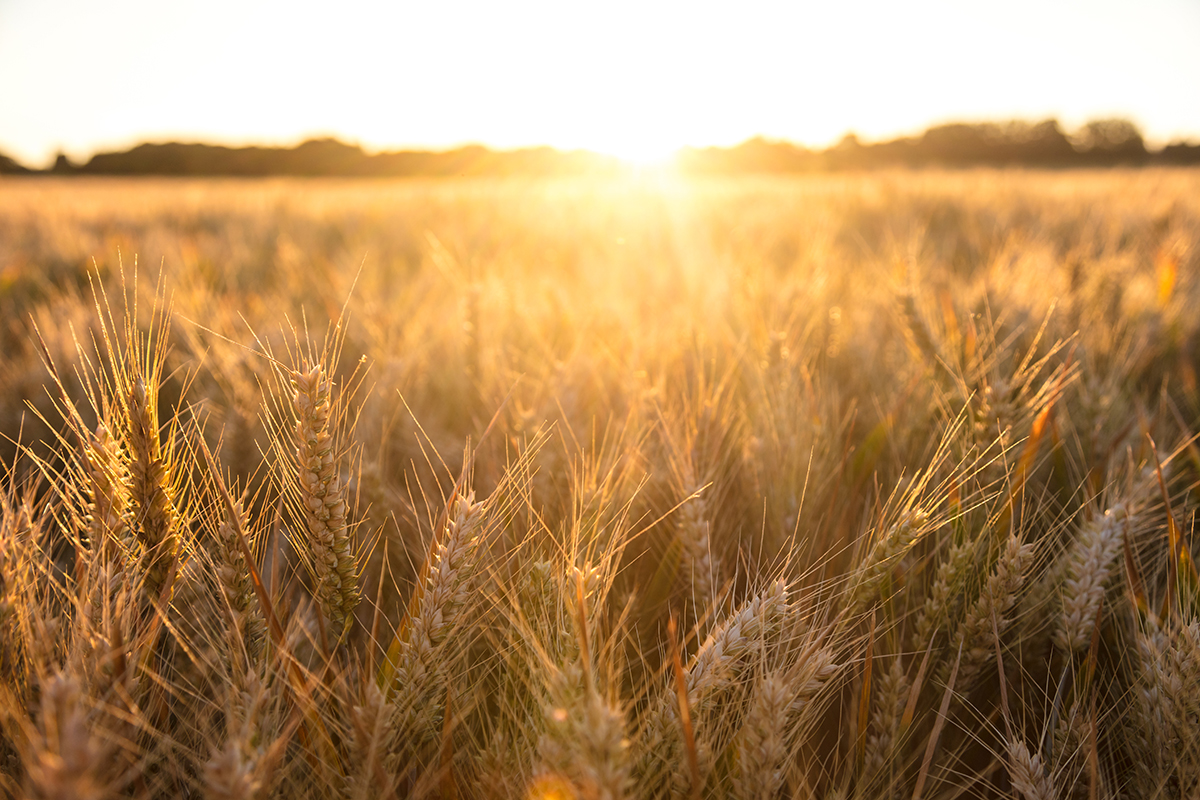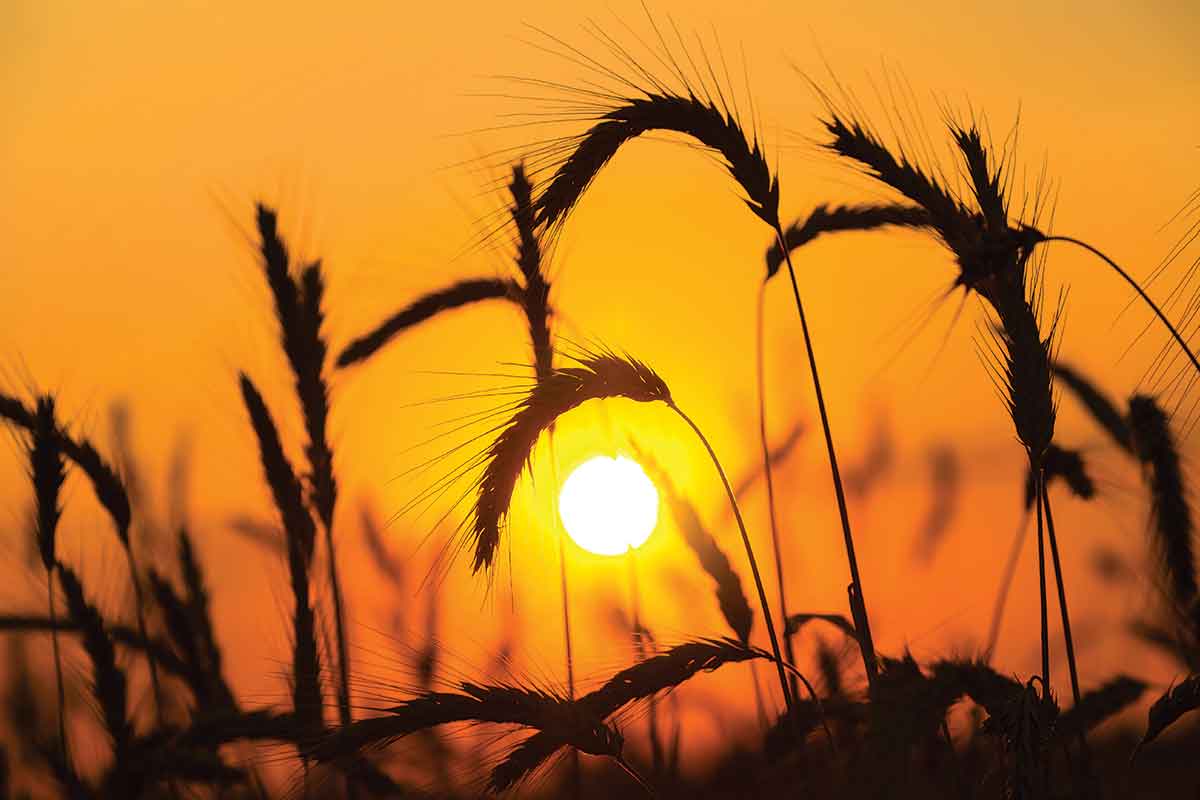Traditionally rye whiskey has always been associated with North America. It’s a hardy crop first introduced in the more barren parts of the United States and Canada by Dutch and German settlers, unintentionally sowing the seeds for the current rye-volution. The ancestors of these pioneers had been growing rye in Europe for thousands of years. Now, finally, there’s a new generation of distillers embracing this heritage, driving a growing (albeit slowly) popularity of European rye whisky.
While there are distilleries in the United Kingdom experimenting with rye (think Arbikie, Adnams and even Bruichladdich), it’s the Nordic countries, Germany and the Netherlands that most pride themselves on a long tradition of distilling rye.
First Wave of European Rye Makers
One of the early pioneers of the European rye whisky scene are Zuidam Distillers. A family-run company in the southernmost part of the Netherlands, it’s been producing rye whisky under it Millstone brand for close to two decades. “I’m a big believer in rye whisky, because it has many distinct qualities,” explains Master Distiller Patrick van Zuidam. “Rye has always been a part of this region’s distilling legacy. For example, in the Low Countries it has been used for centuries to produce genever. This area was known for its rye. Our soil is poor, very sandy, nothing grew here. Wheat didn’t even want to grow here. But rye is like a cover crop, it grows anywhere and is like a weed, you can’t get rid of it.”
Famously a difficult crop to ferment, Patrick doesn’t shy away from a challenge. While his first whiskies were made from malted barley (“That’s the easiest to make”) and well-received, it’s Patrick’s rye whisky that cemented Millstone on the international whisky map. “We use a ‘very secret’ mixture of fifty percent rye and fifty percent malted rye”, says Patrick. “Rye is so hard to work with, but I love it because it is such a big-bodied, big-boned whisky. It ages really well. If you have very delicate, Jim Swan-type whiskies, they reach their peak sooner. A heavy new make will peak later and thus has more opportunities to develop. Almost all my rye whisky is filled into virgin oak casks. Surprisingly enough that works really well even after twelve, thirteen years or even longer.”

Distill What You Grow
Elsewhere in Europe, rye is very much part of the food culture. Particularly in the Nordic countries, where rye bread is a staple and found in lunch boxes to this day. This cultural connection is championed by a number of Nordic distilleries, like Stauning in Denmark and Kyrö in Finland. “Everything is cornered on rye,” says Sanna Dooley, Brand Commercial Director of Kyrö. “We consume six times more rye than any other nationality in the world. Rye bread is pretty much our national dish. It made perfect sense for us to focus on rye whisky.”
As has become legend by now, the idea for Kyrö first came up in a sauna in 2012, when the eventual founders were drinking American rye whiskey. They then went on an educational run throughout Europe to learn all about the distilling craft. One of the places they visited was Zuidam Distillers. “We never tried to be a copy of something that is already out there,” says Sanna. “It helps that Finland doesn’t have any history with whisky production. That’s why we were able to just start from scratch and make it our way. Not only is it rye, but it is 100% rye. Our method is very uncompromising. Everything is done the harder way, but the end result retains all of the flavor and character of the rye.”
How European Rye Differs
The planting and harvest of rye follows a different cycle than many other grains. In Finland it is put in the ground in autumn and sits underneath the snow before it can be harvested in summer. Sanna explains the rye grown in Finland usually has smaller seeds than its Northern American counterpart. “The grain in North America is generally larger and most of the flavor in the grain is right underneath the husk. If you have a smaller grain by size, the ratio of high-intensity flavor area is larger. It’s probably due to the colder climate, which I think lends itself to the quality of the grain. Obviously, there’s elements in the soil that have an impact on the final flavor as well.”
Kyrö had a couple of years where it wasn’t able to produce much whisky at all, because the demand for Kyrö Gin grew massively after winning Best Gin for Gin and Tonic at the International Wine and Spirit Competition. It’s given Kyrö a brilliant standing financially but put whisky distilling on the back burner. Now that the distillery has been expanded, they finally have enough capacity for both gin and rye whisky production.

Perfect Time to Try European Rye Whisky
Sanna feels that rye whisky on the global scale has been on a bit of a renaissance. “I think it is driven a lot by classic cocktail serves,” explains Sanna. “In a lot of ways, it is an approachable flavor profile without being neutral. It has a lot of character. There’s a younger consumer that’s interested in whisky. Maybe their dads used to drink traditional smoky single malts from Scotland, for example. But I think there’s now a desire to discover new flavor types and profiles.”
Patrick van Zuidam is a bit more conservative, mainly because Europe is a continent of malt whisky drinkers. Yet he is confident that European rye whisky will get its time in the spotlight. “It’s good to see more European distilleries making rye whisky, which will lead to more attention for the category,” he says. “It’s like the Americans say: a rising tide lifts all boats. That’s what happened in America with bourbon. Twenty or thirty years ago it was a deadly boring product. The arrival of new distilleries is an important reason why that perception has changed. Not all of them produced great bourbon, but they did manage to reach a new audience. That’s the kind of breakthrough rye whisky needs in Europe.”
Ready to grab a bottle of European rye whisky?
With Distiller, you’ll always know what’s in the bottle before you spend a cent. Rate, Review, and Discover spirits. Head on over to Distiller, or download the app for iOS and Android today!
Want to enjoy Distiller ad-free? Join Distiller Pro today to support the Distiller platform and keep ads off of your screen.



